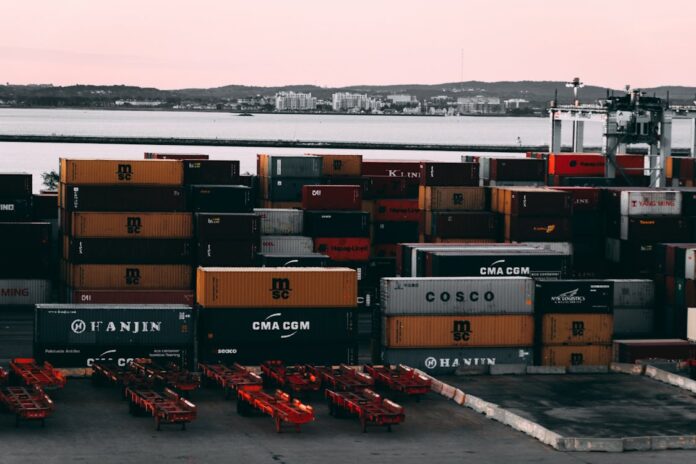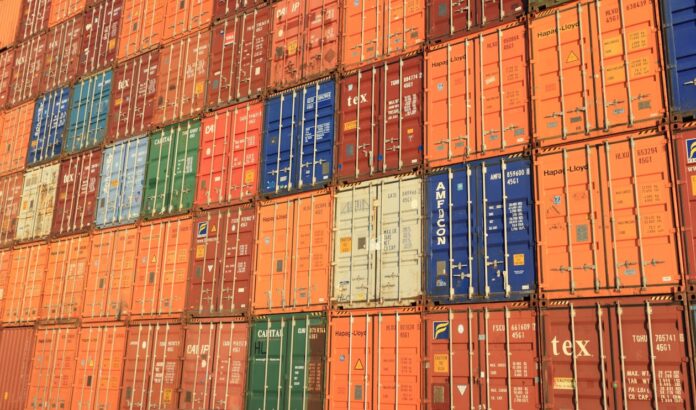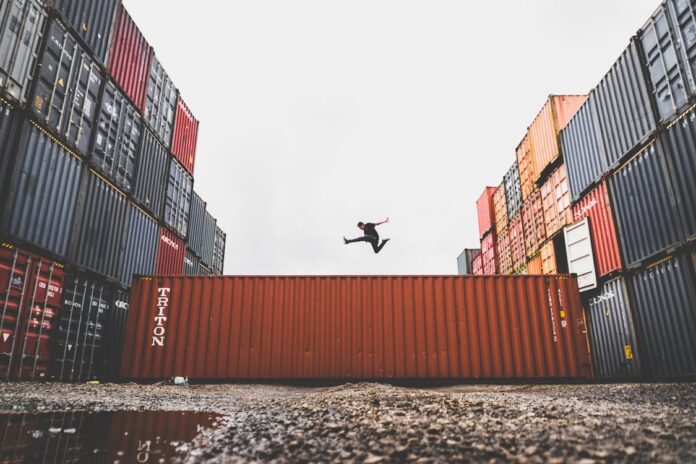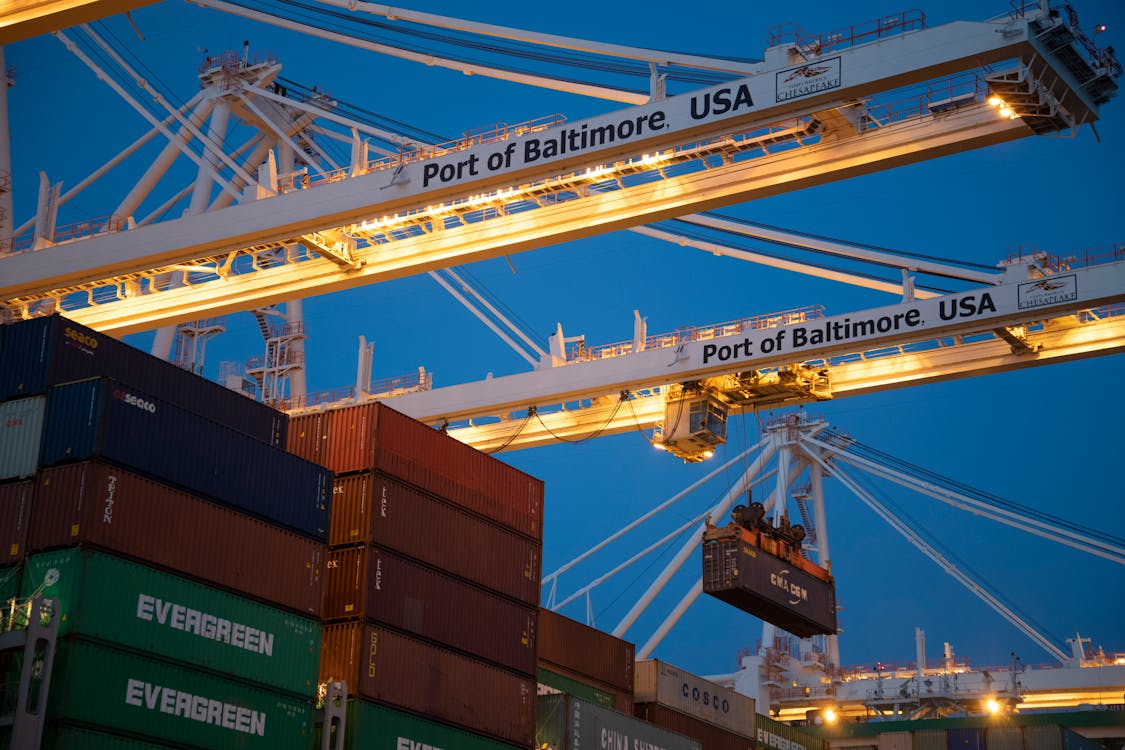Shipping containers have become versatile assets in various industries, not just for transporting goods across the globe but also for innovative applications in construction, storage, and even retail. Whether you’re a business owner looking to expand your storage capacity or an individual interested in converting a container into a unique living space, understanding the process of buying shipping containers is crucial. This guide will provide a comprehensive overview of everything you need to know when purchasing shipping containers.
1. Understanding the Different Types of Shipping Containers

Before diving into the buying process, it’s essential to understand the various types of shipping containers available on the market. The most common types include:
- Standard Dry Containers: These are the most widely used containers for general cargo. They come in standard sizes of 20 feet (ca. 6 m) and 40 feet (ca. 12 m).
- High Cube Containers: These containers are similar to standard containers but are taller, offering more vertical space.
- Refrigerated Containers (Reefers): These containers are equipped with cooling systems to transport perishable goods.
- Open-Top Containers: These containers have a removable top, allowing for the transport of oversized cargo.
- Flat Rack Containers: Designed for heavy or oversized loads, these containers have collapsible sides for easier loading.
- Tank Containers: These are used for transporting liquid or gaseous cargo.
Each type serves a specific purpose, and choosing the right one depends on your needs. For instance, if you’re planning to convert a container into a home, a high cube container might be more suitable due to the extra height.
2. Determining Your Needs and Budget
The next step is to determine your specific needs and set a budget. Consider the following factors:
- Purpose: What will you use the container for? Storage, shipping, or construction?
- Size: Depending on your purpose, you may need a 20-foot, 40-foot, or even a customized size.
- Condition: Do you require a new container, or can a used one suffice? New containers are more expensive but offer longer durability and fewer issues. Used containers are cheaper, but may require repairs.
Once you’ve outlined your requirements, set a realistic budget. Prices can vary significantly based on the container’s size, condition, and location. Generally, new containers can range from $3,000 to $5,000, while used ones may cost between $1,000 and $3,000.
3. Sourcing Shipping Containers

With your needs and budget in mind, the next step is to find a reputable supplier. There are several ways to source shipping containers:
- Online Marketplaces: Websites like eBay, Craigslist and specialized platforms like ContainerAuction.com and Boxhub offer a wide range of containers. Ensure you buy from reputable sellers with good reviews.
- Local Suppliers: Local container depots or dealers often have a variety of containers available for immediate purchase. Visiting the supplier allows you to inspect the container before buying.
- Direct from Shipping Companies: Some shipping companies sell off their older containers directly. This can be a cost-effective option, especially for bulk purchases.
- Container Leasing Companies: If you don’t need a container permanently, consider leasing one. Leasing companies typically sell their older units at a discount.
When choosing a supplier, ensure they are reliable and offer transparent pricing. It’s also advisable to ask for a warranty or guarantee, especially for used containers.
4. Inspecting the Container
Once you’ve found a potential container, it’s crucial to inspect it thoroughly. Here are some key areas to check:
- Exterior Condition: Look for any signs of rust, dents, or damage. While minor rust spots are common, extensive corrosion can compromise the container’s structural integrity.
- Doors and Seals: Ensure the doors open and close smoothly and that the seals are intact to prevent water leakage.
- Flooring: Check the flooring for signs of rot or damage, especially in used containers.
- Interior Condition: Inspect the interior for any odors, mold, or signs of water damage. The container should be watertight and free of any pests.
- Roof: Ensure the roof is in good condition with no dents or leaks, as this is a common area for damage.
If you’re buying online, ask for detailed photos and if possible, arrange for a third-party inspection.
5. Transporting the Container

Transporting a shipping container is a significant consideration, especially if the container is located far from your site. The cost of transportation can vary based on distance, the size of the container and the method used. Here are some common transportation options:
Truck Delivery: This is the most common method for transporting containers. Ensure that the truck used has the necessary equipment, like a tilt-bed truck or crane, to offload the container at your site.
- Rail Transport: For long-distance transportation, shipping containers can be moved by rail. This method is cost-effective but requires coordination for pickup and delivery at rail terminals.
- Sea Freight: If you’re buying a container internationally, it may be shipped to your nearest port. From there, it will need to be transported by truck or rail to your site.
Ensure you have the necessary permits and that your site is accessible for delivery. It’s also essential to have a prepared, level area for the container to be placed.
6. Modifying the Container
Once your container is delivered, you may need to modify it to suit your specific needs. Modifications can range from simple additions like doors and windows to more complex conversions like adding insulation, plumbing and electrical systems. Here are some common modifications:
- Doors and Windows: Adding doors and windows is essential for containers being used as living spaces or offices. Ensure they are properly sealed to maintain the container’s watertight integrity.
- Insulation: Containers can become extremely hot or cold, depending on the weather. Adding insulation is crucial for maintaining a comfortable temperature.
- Ventilation: Proper ventilation prevents moisture buildup and improves air quality inside the container.
- Electrical and Plumbing: For containers used as living spaces, offices, or workshops, adding electrical and plumbing systems is necessary. Ensure these are installed by professionals to meet safety standards.
- Painting and Rust Protection: Applying a fresh coat of paint not only improves the container’s appearance but also adds an extra layer of rust protection.
Consider hiring professionals for significant modifications, especially if structural changes are required.
7. Legal Considerations and Zoning Regulations

Before purchasing and modifying a shipping container, it’s essential to check local zoning regulations and building codes. Some areas have restrictions on using shipping containers for storage or as living spaces. Here’s what to consider:
- Permits: Depending on your location, you may need a permit for placing a shipping container on your property. This is especially true for residential areas.
- Zoning Regulations: Ensure that your intended use of the container complies with local zoning laws. Some areas may have restrictions on the size, height, and placement of containers.
- Building Codes: If you’re converting a container into a living space, it must meet local building codes. This includes standards for insulation, electrical systems, plumbing, and fire safety.
- Homeowners Association (HOA) Rules: If you live in a community with an HOA, check their rules regarding the use of shipping containers on your property.
Failing to comply with these regulations can result in fines or the need to remove the container, so it’s crucial to do your research beforehand.
8. Long-Term Maintenance
Shipping containers are designed to be durable, but they still require maintenance to ensure their longevity, especially if used in a stationary location. Here are some maintenance tips:
- Rust Prevention: Regularly inspect your container for signs of rust, especially around the roof, doors, and corners. Address any rust spots immediately by sanding them down and applying a rust-resistant paint.
- Door Maintenance: Keep the door seals clean and lubricated to ensure they function properly and remain watertight.
- Roof Care: Ensure the roof is free of debris, which can trap moisture and cause rust. If you’ve added modifications like ventilation or skylights, regularly check the seals to prevent leaks.
- Structural Integrity: If your container is stacked or used as part of a larger structure, regularly inspect it for any signs of stress or damage that could affect its stability.
By following these maintenance tips, your container can last for many years, providing a reliable and versatile solution for your storage, shipping, or construction needs.
Conclusion
Buying a shipping container is a significant investment, but with careful planning and consideration, it can be a highly rewarding one. Whether you’re using it for storage, shipping, or as part of a creative building project, understanding the different types of containers, the buying process and the necessary legal and maintenance considerations will ensure your purchase is successful. With the right container and proper care, the possibilities are endless.







